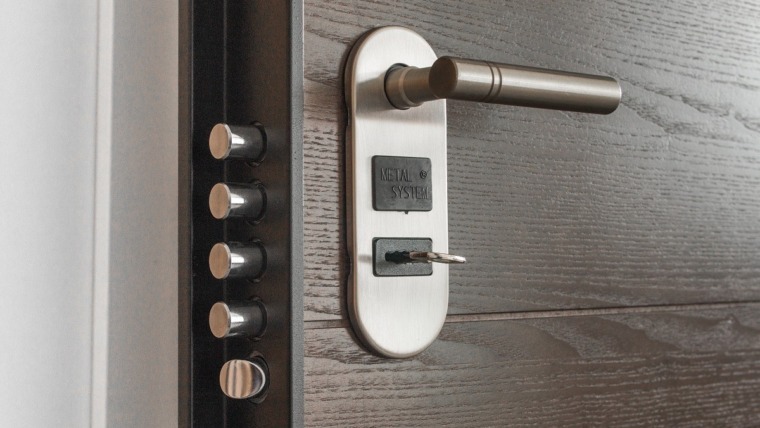
Written by Justin Cilmi
To many of us, a cup of coffee is a must start to the day (for some drip feeding coffee all day is a must). It’s both a stimulant and something we socialise over.
Whilst one cup of coffee may cost the equivalent of what we consider to be ‘small change’, the cost of our daily caffeine fix can certainly add up over time. (Costing you?)
Let’s say you buy a latte on your way to work each morning, at a cost of $4 per day or $20 per working week. Not much right? Over a month this coffee habit costs you $87 and over a year $1,040 and over five years this adds up to $5,200.
Let’s assume that instead of buying a coffee you decide to put $4 in a jar on your desk at work and every Friday you invest the $20 you’ve saved. Assuming a net investment return of 8%pa, in 12 months your savings will have grown to $1,082 and over 5 years you would have saved $6,388.
Over the longer-term, the benefits of compounding (Albert Einstein referred to compounding as “the 8th wonder of the world”) start to really take effect with your regular savings accumulating to $15,914 in 10 years, $51,310 in 20 years and a whopping $305,140 in 40 years! That’s a fair chunk of your potential retirement savings. (Costing you?)
To avoid relapsing into the coffee purchasing habit, consider setting up a small investment plan to shove these dollars into. We have helped a number of clients, family and friends set up small investments accounts (a popular account is Riaz (formerly called Acorns) to set up small, regular investment amounts as little as $10 per week).
Don’t get us wrong, there’s nothing wrong with drinking coffee. As a coffee drinker, surrounded by family, friends and colleagues who are all coffee drinkers, I have struggled to reduce my intake (instead of ceasing coffee, I dropped buying the pastry that went with it each morning – that is saving my wallet and my waistline). We’re merely using coffee as an example of how regularly saving small amounts can add up to big amounts over time. If you do want to save money but don’t want to give up your coffee habit, you could always consider cutting down the daily coffee to just a few times a week or ask your employer for a coffee machine in the office, or even get a coffee machine at home. These options are much friendlier on the wallet at 50 to 80 cents a cup. (Costing you?)
You can use many examples of cutting out expenses to save money such as buying lunch every day, perhaps riding to work one day per week, reviewing your energy bills, considering if you really need a Stan and Netflix and Foxtel subscription (perhaps one of these is enough).
The key to saving is to know where your money is going each week and be more mindful about your spending habits. Keeping track of your expenditure and implementing a budget and savings plan are important steps to build wealth for the future. There are heaps of online resources to help you track your spending- many banks offer tools connected through online banking, we have used online services such as PocketBook and Money Brilliant with clients, or even use a simple spreadsheet. Just find a process that works for you.
Starting small is better than not starting at all.
Important Note: The information provided about is in intended as a guide only. It is important to seek professional, accredited financial advice when considering whether the information is suitable to your personal circumstances.




1 Comment